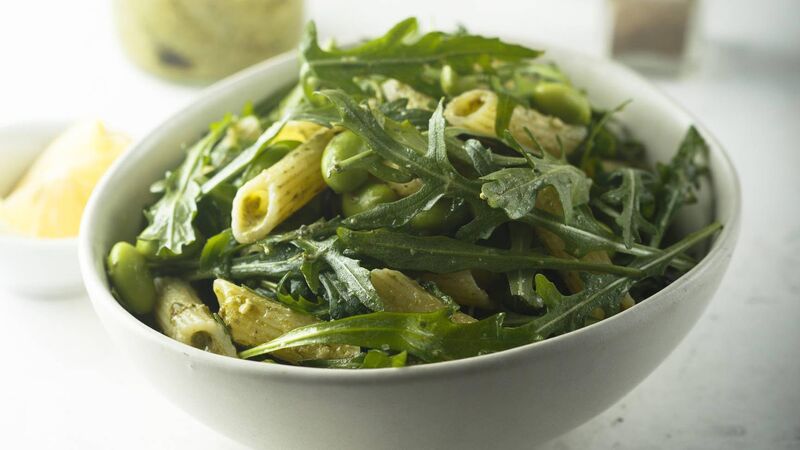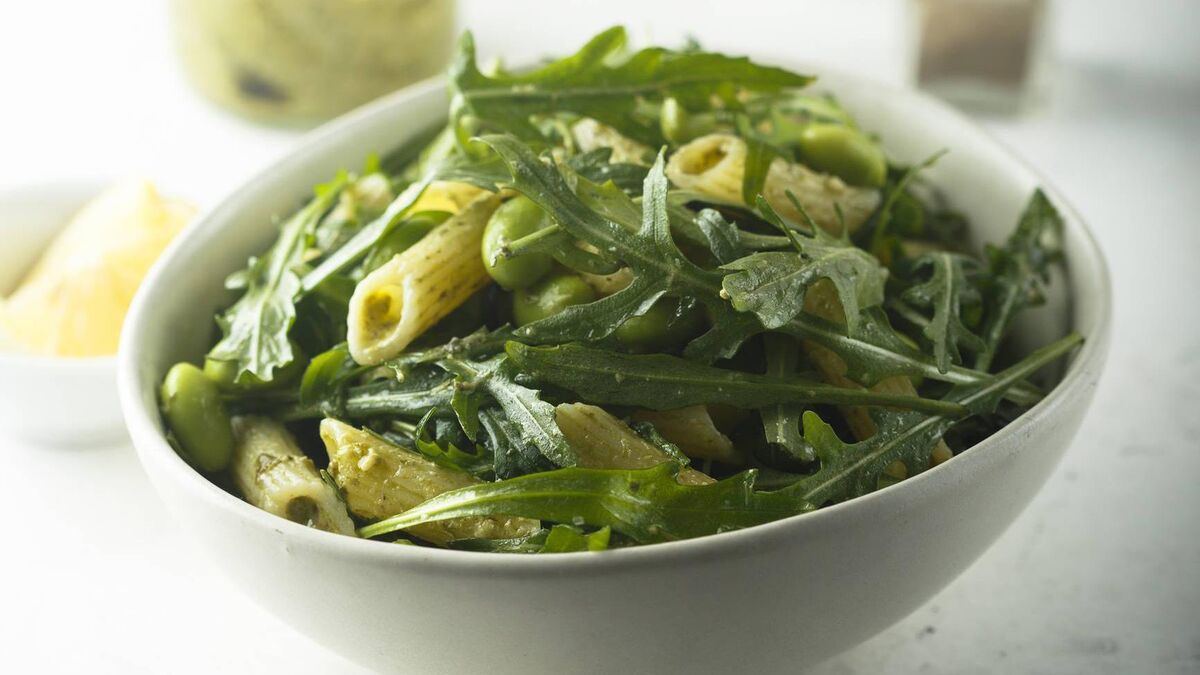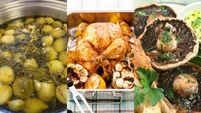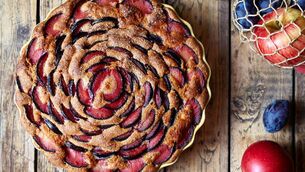Caitríona Redmond: How to make a pesto that makes use of wilted leaves

Pic: iStock
Whether it’s using less energy or throwing less out, small switches make all the difference. It’s impossible to make our way through the day without generating waste.
Sustainability in the kitchen isn’t just about reducing the quantities of food waste we create though, it’s about lightening our demands on the planet.
Here comes the good news. Being more sustainable can and will save you money. It’s a very simple equation, the less food you discard, the more you eat, and the better value you generate from your weekly shopping budget.
I have great aspirations. In an ideal world, every single piece of food that goes through my kitchen isn’t thrown out, realistically though that’s not what happens.
My aim is to reduce food waste and consume less energy in the kitchen. That’s why I use energy-saving appliances like slow cookers and (believe it or not) a microwave.
My thermos flask keeps my tea hot all day and I don’t have to boil the kettle frequently through the day. We all know that the kettle is probably one of the largest offenders in the kitchen when it comes to energy consumption, right?
No matter how hard I try, I’m always learning new ways to be more sustainable at home and in the kitchen. From using less plastic, to storing my food more efficiently and keeping my refuse bill as low as possible, my weekly budget can only improve.
- Shop frequently, and ditch the weekly shop if you can. Shopping at least twice a week means that fresh food in the fridge or presses will always be fresh.
- Walk to the shops and buy only what you can carry. This will cut back on fuel consumption. Trust me, carrying your groceries up a hill in the lashings of rain is a fantastic way to make you evaluate your life choices and shopping decisions!
- Don’t throw out a product until you check the label. Best before dates mean that food might be fine to eat after the date on display, but consume before means that you should dispose of something. Likewise with expiry dates.
- If your food isn’t the most attractive think about ways it can be repurposed into a meal. Squishy fruits can become puree, vegetables can be roasted into sauce, and wilted leaves into pesto (see this week’s recipe). Bread can become croutons or breadcrumbs, and yoghurts are excellent in baking or for pancake making. Cheese rinds add umami to stews and sauces. The ends of a jam jar can be used to make a dynamite salad dressing.
- It’s remarkable how much you can freeze. Use your freezer as a pause button. Even if it’s a small portion of a dinner you never know when you might be dining in for one. Keep a freezer in rotation and you will never go hungry.
Believe it or not one of the most commonly discarded fresh food items is salad leaves. We all start with the best of intentions with beautiful leafy greens in the crisper drawer. Give it a few days and the leaves look tired, sad, and even wilted. If your first inclination is to throw them into the compost bin, think again.
The word pesto is derived from the Italian/Genovese word ‘pestâ’ which means to pound or to crush. Traditional pesto is made Genovese style with basil, pine nuts, garlic, olive oil, and parmesan cheese. The basil gives the pesto a distinctive flavour. That said, salad leaves can be used in a pesto just as easily and the leaves used will influence the taste profile. Rocket for example, gives a peppery kick to a pesto, and chard an earthy flavour. Milder leaves like butterhead lettuce can still be used and this will bring the garlic and cheese notes more flavour forward. Classic pesto contains pine nuts but you can also use almonds (my personal choice), walnuts, pecans, or pistachios. When it comes to cheese, traditionally Parmesan is used but Gran Padano cheese is a good alternative. Pecorino, made from sheeps’ milk is another great choice.
The most important factor when making homemade pesto is to use up what I have and preserve what I’ve got. Once prepared, wilted leaf pesto will keep for up to 3 days in the fridge. You can also freeze this sauce or condiment, stir it into mayonnaise, or add to stale bread to make great garlic bread. Don't be restricted by salad leaves either, I think Kale or broccoli leaf pesto is punchy and perfectly paired with extra cheese.
Wilted Leaf Pesto
Once prepared, wilted leaf pesto will keep for up to 3 days in the fridge. You can also freeze this sauce or condiment, stir it into mayonnaise, or add to stale bread to make great garlic bread.

Servings
8Preparation Time
10 minsTotal Time
10 minsCourse
MainIngredients
150g Parmesan cheese, cut into chunks (not grated)
2-3 cloves of garlic, peeled
150g toasted pine nuts (see above for alternatives)
3 large handfuls salad leaves
75ml olive oil
Juice of 1 lemon
Salt & Pepper to taste
Method
Place the cheese, garlic, and toasted nuts into a food processor and blitz in pulses until you get a loose granular texture. Next add in the salad leaves and olive oil until you get the consistency you require.
Squeeze in the juice of 1 lemon. This will help balance the flavours and also preserve the bright green colour. Season to taste with salt and pepper.




